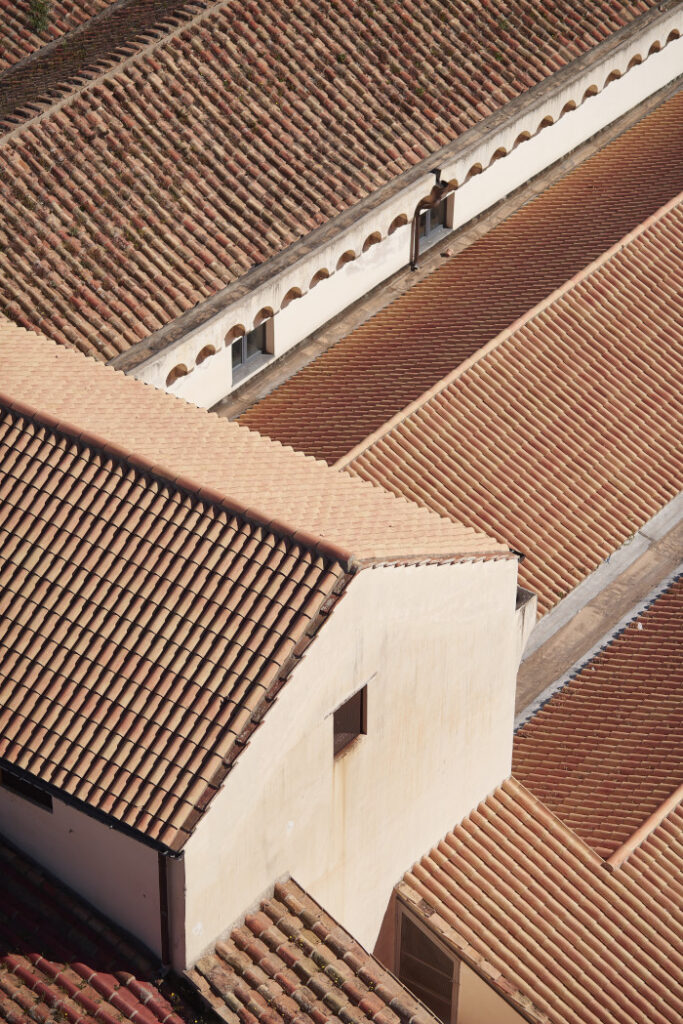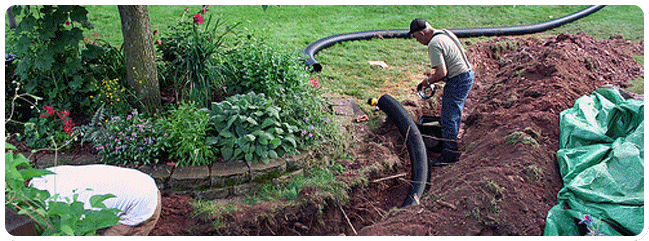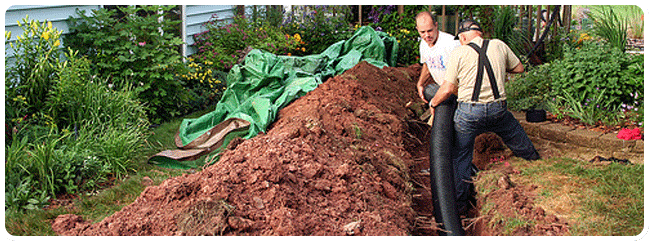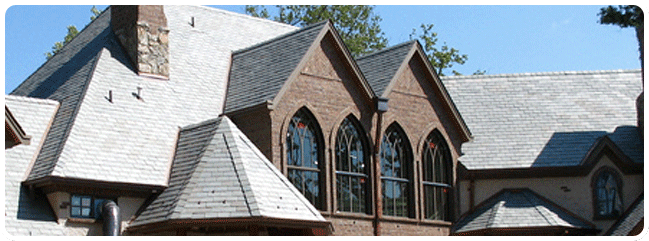Are you experiencing drafts in your home? Is there a significant temperature difference in one room compared to the rest of the house? If you’re facing these common household issues, it’s possible that your attic space isn’t receiving sufficient airflow. Fortunately, there’s a practical solution: roof ridge vents. These vents are both effective and affordable, providing improved ventilation for your entire home. In this blog post, we’ll present a comprehensive guide to help you understand roof ridge vents, including how they function and why they’re a crucial addition for every homeowner.

What Is a Roof Ridge Vent?
Ridge vents are installed along the ridge, or peak, of the roof. Placed at the highest point of the roof, these vents help to control air flow in the attic by drawing warm air and moisture out, allowing air circulation. Ridge vents are installed over an air slot that is cut directly into the roof deck and typically runs the entire length of the ridge. Once installed, it is covered with the roofing material which helps it blend into the roof.
Types of Ridge Vents
There are two types of ridge vents, and the one you choose will depend on your particular roof and its needs.
– Ridge Vent with Baffle: A ridge vent with baffle uses an external baffle to deflect rain, wind, snow, insects, and debris, keeping it from entering the vent and ultimately the attic.
– Ridge Vent without Baffle: Ridge vents without baffles reduce the suction that roof vents with baffles create. Air is allowed to flow into the ridge vent which prevents warm air from escaping or only allows it to escape from one side of the vent. Source: Angi
Pros & Cons
Pros
– Help maintain an even temperature
– Low profile, seamless appearance
– Prevents rodents from entering your attic
– Allows natural air movement
– Intake vents may reduce indoor air pollution levels
Cons
– May not offer adequate ventilation in some homes
– Possibility of leaks during heavy rain
– High upfront cost
– Not ideal for warmer climates Source: TodaysHomeowner
When to Call a Professional
If you plan to install the vent yourself, be sure you’re really up for the challenge. This project requires work on a tall ladder and working atop the roof while using hand and power tools. If you have any anxiety over heights or are not quite sure you know how to handle your tools, consider hiring a professional.
Be aware that a ridge vent is only one part of properly ventilating your attic space and roof. For a ridge vent to work properly, it relies on passive airflow, or intake air, coming into the attic space via soffit or gable vents or other attic ventilation. Source: TheSpruce
If you’re unsure whether roof ridge vents fit your needs, don’t hesitate to contact us! Our team is here to assist you and provide expert guidance.
Contact:
Kerrisdale Roofing & Drains
168 W 71st Ave, Vancouver, BC V5X 4S7
(604) 360-2114



















